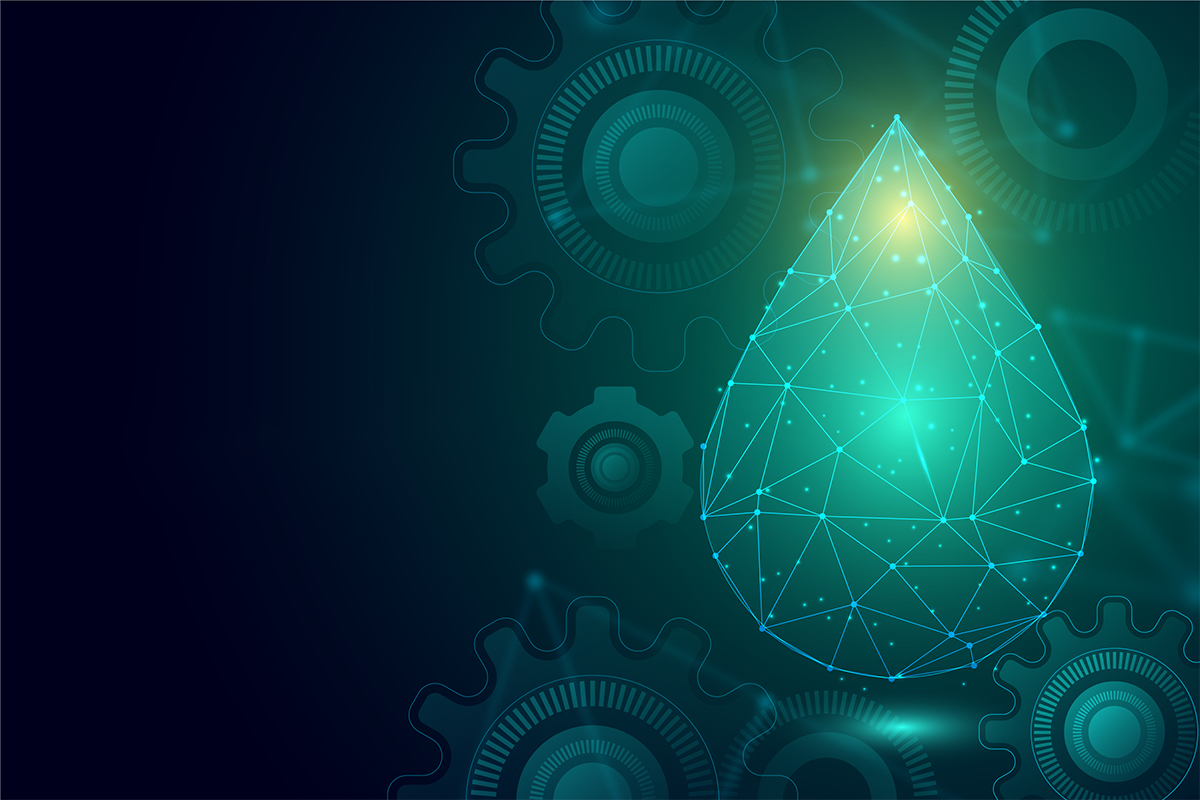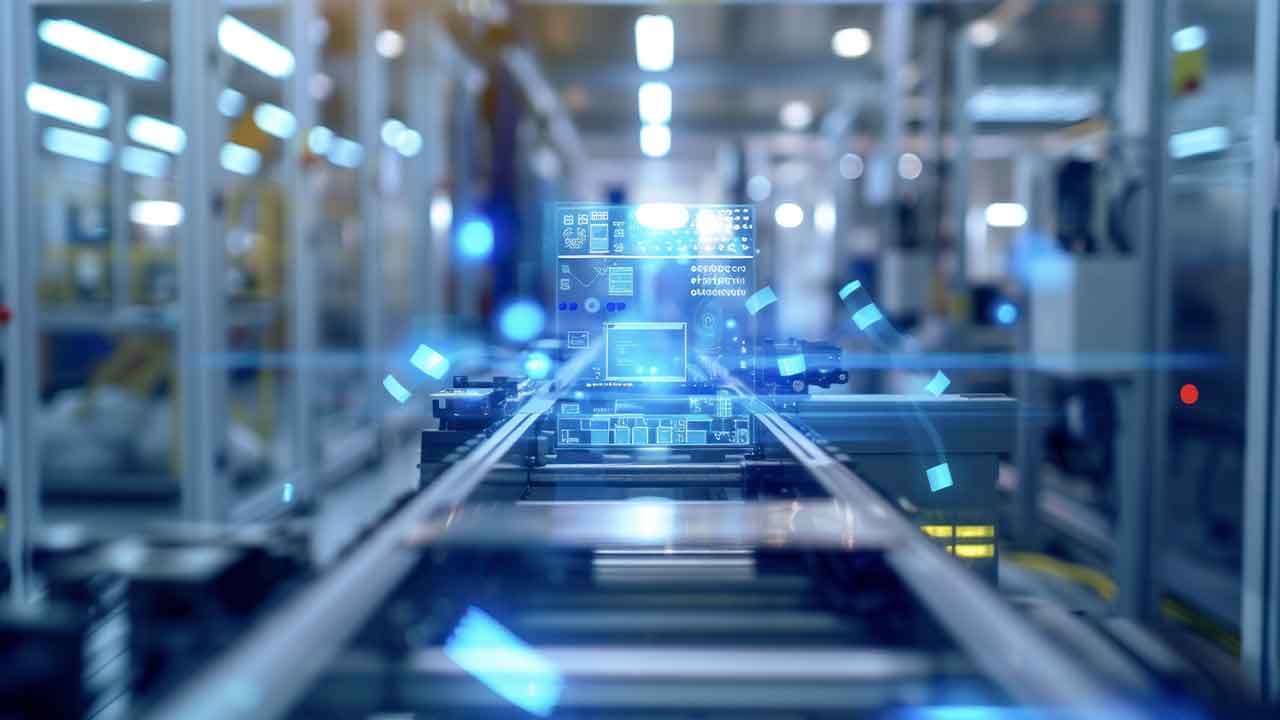Monitor water filters of heat exchangers using IIoT solutions | SPONSORED
Microfilters in ifm prover gmbh’s cooling circuits ensure that their systems with heat exchangers run smoothly. The filters protect the heat exchangers in the connected machines by removing impurities from the cooling water. This important filter element must be serviced and changed regularly. Permanent monitoring optimizes this process and guarantees continuous operation of the systems without prematurely incurring the cost and effort to change out filters with remaining life.
Use cases for filter monitoring in the production process:
- Product and process quality assurance
- Optimize energy consumption
- Maintenance organization
- Ensuring water purity, contamination such as chips, algae, etc. must be filtered out, otherwise they will clog the heat exchanger, which will lead to a failure
The initial situation: Regularly scheduled replacement
The water filters were replaced at fixed time intervals (every eight weeks) regardless of their condition. This involved a visual check of the filter condition. No permanent and central monitoring of the filters existed. This resulted in additional costs caused by premature or late filter changes, machine downtime due to defective or clogged filters and unplanned production standstills due to maintenance work. These events were often inadequately documented so that a subsequent failure mode analysis was impossible due to the lack of data. More Challenges and Opportunities in the Water Industry
Goal of the project: Predictive condition-based replacement
The aim was to shift from a preventive / reactive maintenance strategy to a condition-based maintenance strategy in order to optimize personnel deployment, improve the filter change process and allow consistent documentation of the measures performed. A defined group of email recipients in the maintenance department was to receive a filter replacement notification, with filter changes only taking place when necessary due to their condition. In order to be able to identify further optimization potentials, the aim was to enable users to analyze the data.
Implementation: Filter differential pressure measurement
moneo was installed on a central server of the existing powerful IT structure and the moneo RTM module was activated using the license key (LAC). Two pressure sensors were installed to monitor the microfilter, one detecting the pressure in front of the filter and the other filter detecting the pressure behind the filter. Based on these two values, the pressure difference can be determined, providing information about the state of the filter. The measurement has to be very exact. The pressure sensors feature IO-Link interfaces which allow data transfer to an IoT IO-Link master. The moneo RTM module installed on the server fetches the pressure data from the master every second.
moneo RTM processes the data and uses it to:
- calculate the pressure difference
- save history data
- visualize the data
- monitor thresholds
To monitor the filters, warning and alarm thresholds were defined. This data was taken from the data sheet of the filter manufacturer. The data sheet indicates how high the pressure difference is for a new filter at a defined flow rate (in our application at approx. 1 m³/h = approx. 0.05 bar). A filter change is recommended at a pressure difference of >0.5 bar. The 0.5 bar are added to the pressure difference in the new condition. Consequently, the filter in this example should be changed at 0.55 bar. Since the sensors used result in a maximum measuring error of approx. 0.05 bar, the alarm threshold is set to 0.5 bar. The warning threshold is to take effect earlier here and was set to 0.45 bar to guarantee timely warning of the staff.
The result: Extended filter life realized after only a few weeks
Within a few weeks, they saw the first results. Judging from the visual appearance and the time span, a filter change would already have been imperative. However, the data and measurement results obtained from permanent filter monitoring showed that only 20% of the filter was clogged. Consequently, it was decided to skip the time-based filter replacement. This significantly extended the lifetime of the filters.
Bottom line: Value added services with moneo
- Overview and detailed information on the installation visualized on the dashboard
- Recording of data for further optimization
- Possibility to analyze data recording
- Permanent monitoring of the filter condition
- Email notification in case of threshold violation
Sponsored by IFM



